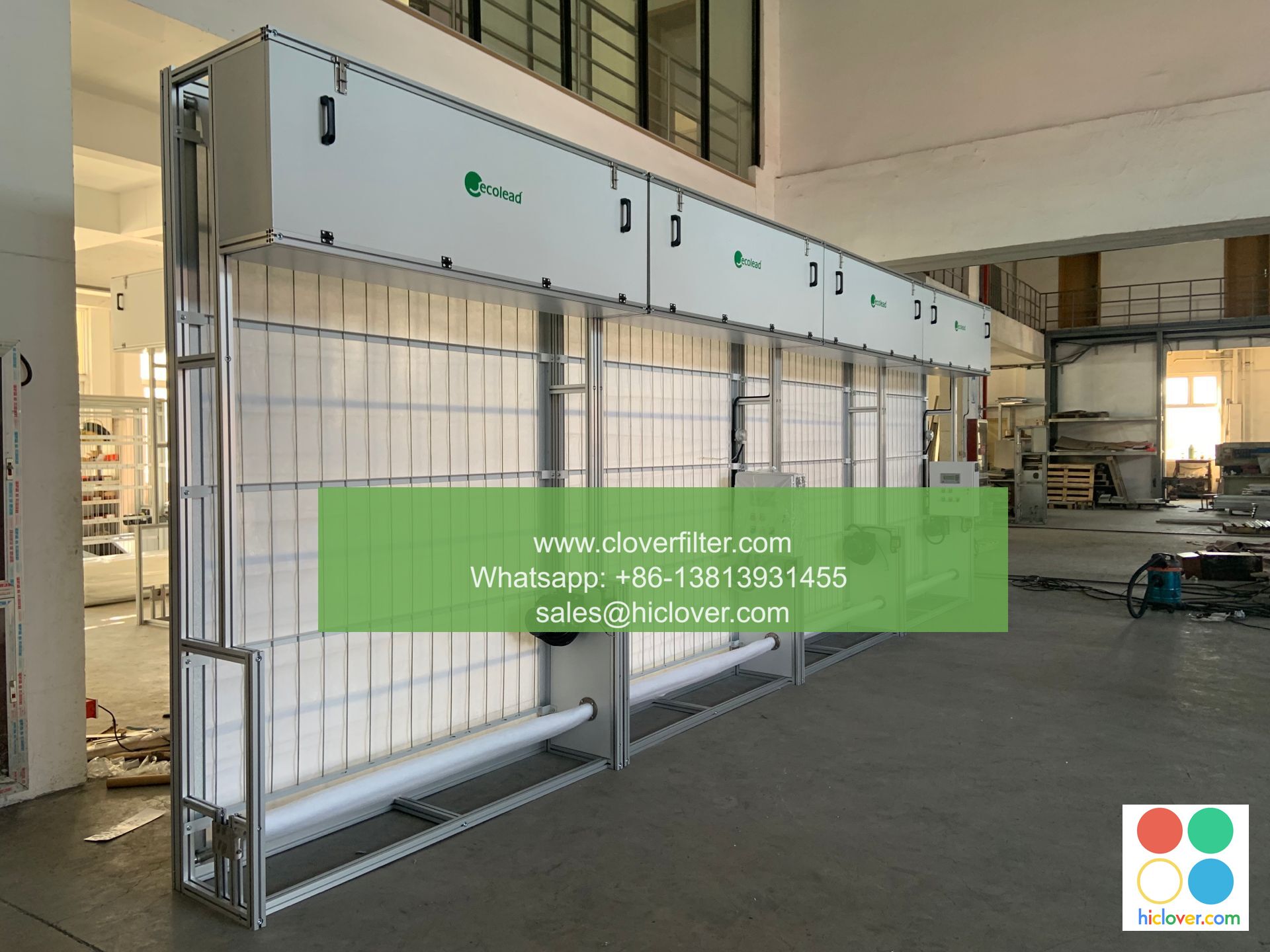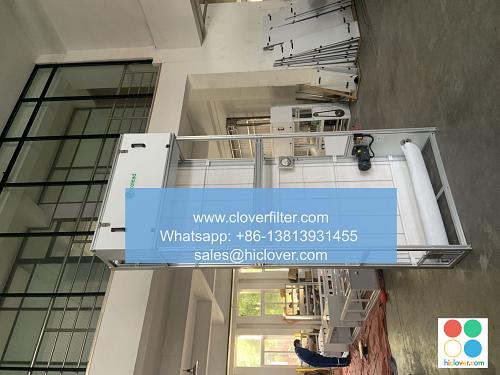A Comparison of Different Air Filter Paper Materials and Their Effectiveness

Air filter paper materials play a crucial role in maintaining indoor air quality, and their effectiveness can vary greatly depending on the type of material used. In this article, we will compare different air filter paper materials, highlighting their characteristics, applications, and effectiveness in various areas, including HEPA filtration, activated carbon filtration, and electrostatic precipitation.
Introduction to Air Filter Paper Materials
Air filter paper materials are designed to capture airborne particles, gases, and other contaminants, improving indoor air quality and reducing the risk of respiratory problems. The most common air filter paper materials include fiberglass, cellulose, synthetic fibers, and nano-fiber materials. Each material has its unique characteristics, advantages, and disadvantages, making them suitable for various applications.
Comparison of Air Filter Paper Materials
The following table compares the characteristics and effectiveness of different air filter paper materials:
| Material | Thickness | Pore Size | Efficiency | Application |
| — | — | — | — | — |
| Fiberglass | 1-5 mm | 1-10 μm | 80-90% | Residential, commercial |
| Cellulose | 1-5 mm | 1-10 μm | 80-90% | Residential, commercial |
| Synthetic fibers | 0.5-2 mm | 0.1-5 μm | 90-95% | Industrial, HEPA filtration |
| Nano-fiber materials | 0.1-1 mm | 0.01-1 μm | 95-99% | Industrial, medical applications |
Application Areas and Effectiveness
Air filter paper materials are used in various applications, including:
* Residential air purification: Fiberglass and cellulose air filter paper materials are commonly used in residential air purifiers, offering a balance between cost and effectiveness.
* Commercial air filtration: Synthetic fiber air filter paper materials are often used in commercial air filtration systems, providing higher efficiency and longer lifespan.
* Industrial air filtration: Nano-fiber materials are used in industrial air filtration systems, offering high efficiency and reliability in demanding environments.
* HEPA filtration: Synthetic fiber and nano-fiber air filter paper materials are used in HEPA filters, capturing 99.97% of particles as small as 0.3 μm.
* Activated carbon filtration: Activated carbon air filter paper materials are used to capture gases, odors, and volatile organic compounds (VOCs).
* Electrostatic precipitation: Electrostatic air filter paper materials are used to capture particles, using an electrostatic charge to attract and trap contaminants.
Conclusion
In conclusion, the effectiveness of air filter paper materials depends on the type of material, application, and desired level of filtration. By understanding the characteristics and advantages of different air filter paper materials, users can make informed decisions when selecting air filtration systems for their specific needs. Whether it’s for residential air purification, commercial air filtration, or industrial air filtration, the right air filter paper material can significantly improve indoor air quality and reduce the risk of respiratory problems. It seems like you haven’t provided a specific question or topic for me to address. Could you please provide more details or clarify what you would like to discuss? I’m here to help with any questions or topics you’d like to explore.

